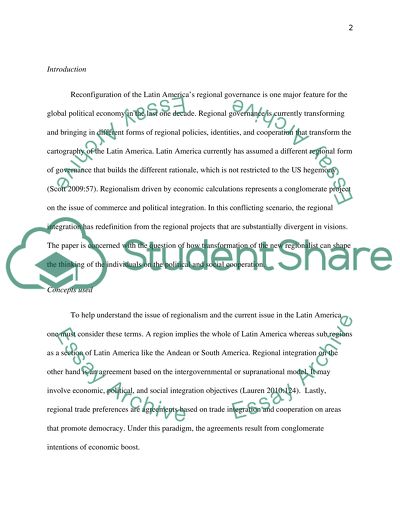Cite this document
(“Regionalism in Latin America Essay Example | Topics and Well Written Essays - 2500 words”, n.d.)
Retrieved from https://studentshare.org/history/1398870-regionalism-in-latin-america
Retrieved from https://studentshare.org/history/1398870-regionalism-in-latin-america
(Regionalism in Latin America Essay Example | Topics and Well Written Essays - 2500 Words)
https://studentshare.org/history/1398870-regionalism-in-latin-america.
https://studentshare.org/history/1398870-regionalism-in-latin-america.
“Regionalism in Latin America Essay Example | Topics and Well Written Essays - 2500 Words”, n.d. https://studentshare.org/history/1398870-regionalism-in-latin-america.


